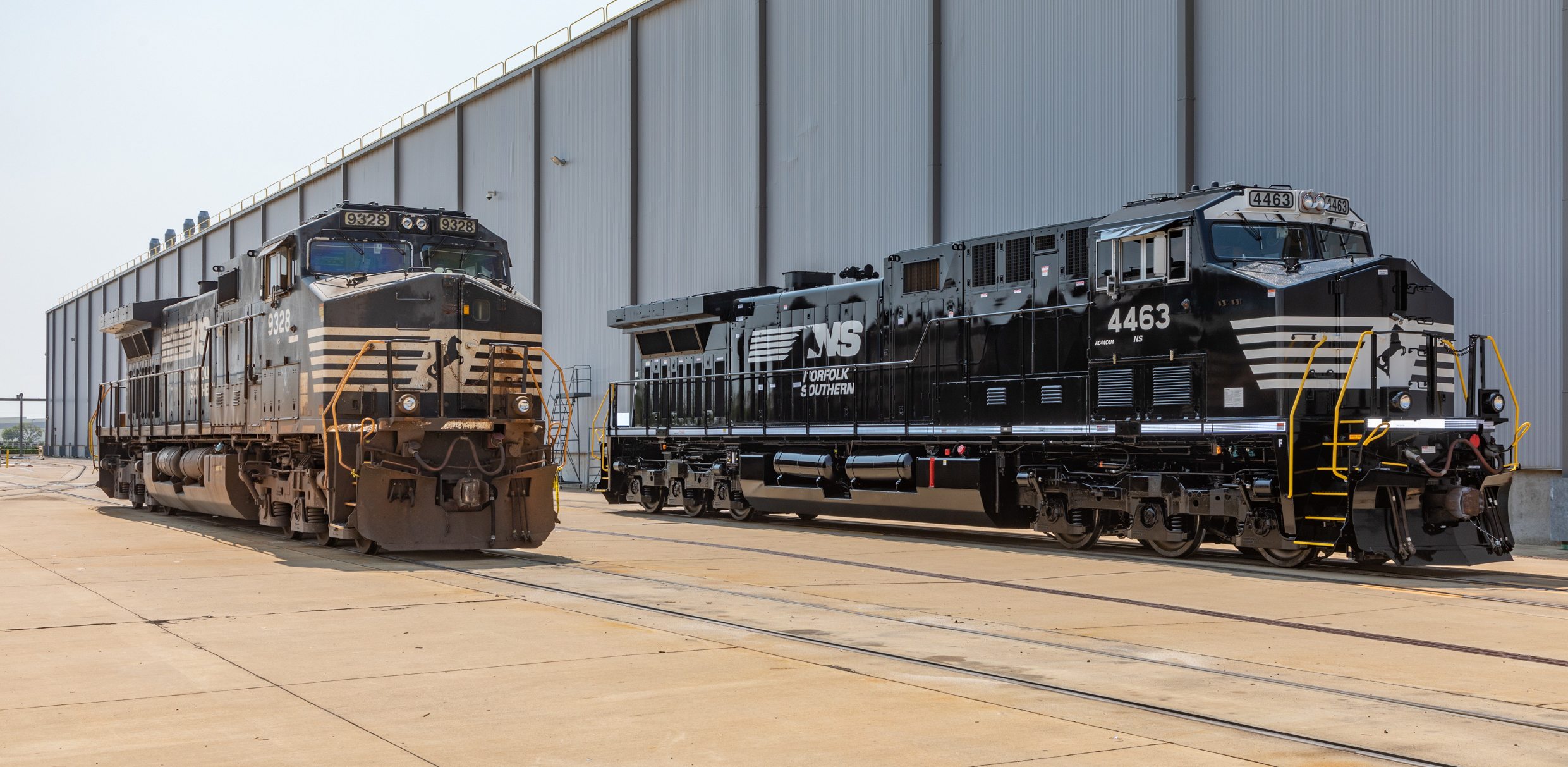
Norfolk Southern didn’t mind being late to the AC-traction party. And NS wasn’t just fashionably late, either.
As Burlington Northern, Canadian Pacific, CSX, and Union Pacific gravitated toward AC locomotives in the mid 1990s, NS stuck with DC, saying it couldn’t justify the higher cost of AC-traction units. Even little Kansas City Southern jumped aboard in 1997 with a batch of AC4400CWs.
NS gained hands-on AC experience with the SD80MACs it inherited in the 1999 Conrail split. But the railroad, which continued to expand its fleet of Dash 9’s, declined to buy new AC units, as did Canadian National. It was not until 2008 — 14 years after a trio of BN SD70MACs first hauled coal out of the Powder River Basin — that NS took the AC plunge when it turned to GE Transportation for ES44ACs. (CN would order its first AC units in 2012.) NS came by this conservatism honestly: In 1960 predecessor Norfolk & Western became the last Class I railroad to fully dieselize.
But now, thanks largely to its decade-long DC to AC conversion program, NS says it has the industry’s most modernized locomotive fleet. Nearly 80% of its road fleet is now AC. And the backbone of the 1,600-unit active road locomotive roster is the 948 AC44C6Ms that were converted from Dash-9s.
NS in September reached the 1,000-unit milestone when AC44C6M No. 4947 rolled out of the railroad’s Juniata Locomotive Shop. NS employees working at the former Pennsylvania Railroad locomotive complex in Altoona, Pa., as well as the now shuttered former N&W Roanoke (Va.) Shops, have produced a quarter of the modernizations. The balance of the rebuilds were done at Wabtec’s plants in Fort Worth, Texas, and Erie, Pa.
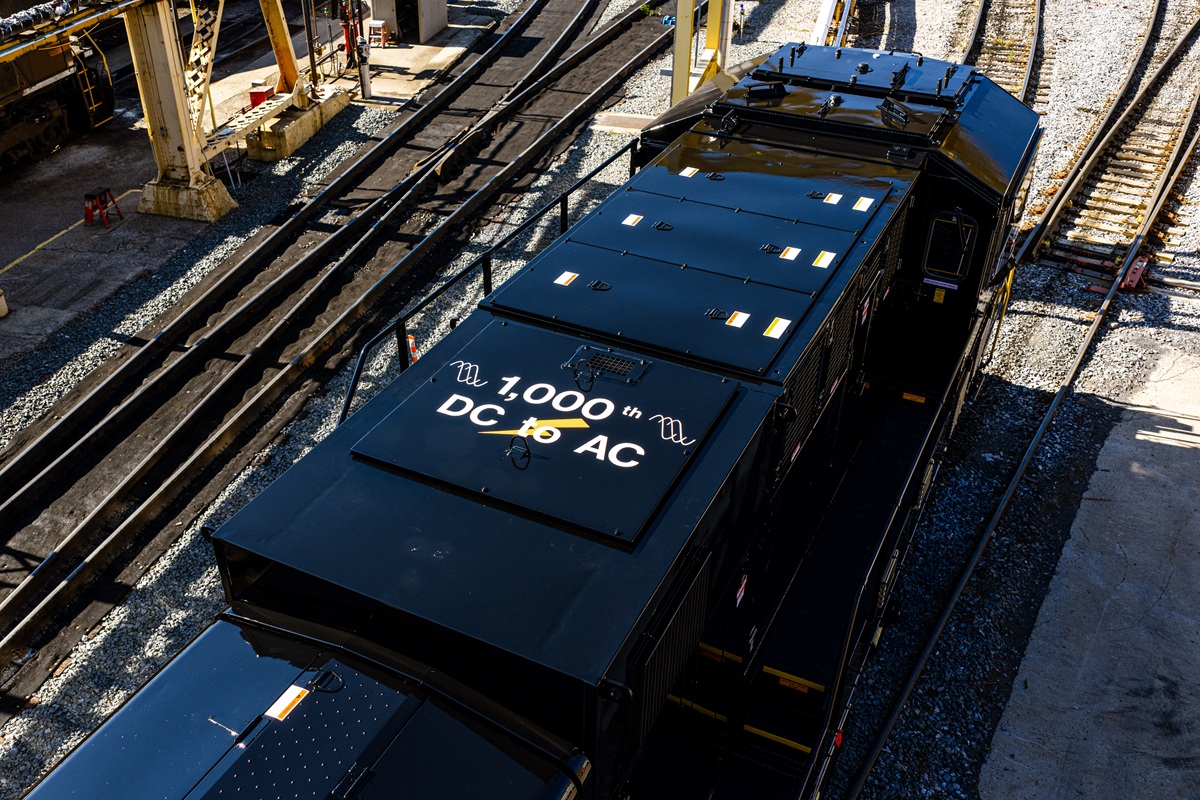
AC Refinements
Ryan Stege, Norfolk Southern’s senior director of locomotive operations and maintenance, tells Trains that being late to adopt AC traction had its advantages as the technology was refined over the years.
“AC traction has actually come a long way,” he says, noting that earlier models had traction motors and inverters supplied by third parties and truck control systems that required extremely tight wheel geometry tolerances.
“Whereas waiting a little bit, I think NS has gotten the best of all of those things,” Stege says. “So a lot of our AC traction fleet is the latest and greatest technology that you get in a brand new AC locomotive now.”
But the $2 billion-plus DC-to-AC modernization program provides NS with like-new locomotives at half the cost of buying from the Wabtec or Progress Rail catalog. An AC44C6M is expected to have a lifespan of more than 20 years.
The 4,400-hp AC44C6Ms outperform their DC predecessors on every metric. The modernized locomotives are up to 25% more fuel efficient, helping reduce the railroad’s second-largest cost. They are 40% more reliable, which boosts locomotive availability, keeps trains moving, and helps improve service reliability. And they put more power to the rails.
“For the same horsepower, you’re getting an improvement in tractive effort of a little over 50%,” Stege says. “ So really, when we factor tonnage ratings, depending on the territory … you can take two of these AC units and do the same work as three DC units.”
The smaller, more powerful road fleet also brings significant mechanical benefits. The units require 20% less maintenance. Cost savings also flow from having a common parts supply and mechanics who know the units inside and out thanks to the sheer number of AC44C6Ms on the roster.
Stripped to the Frame
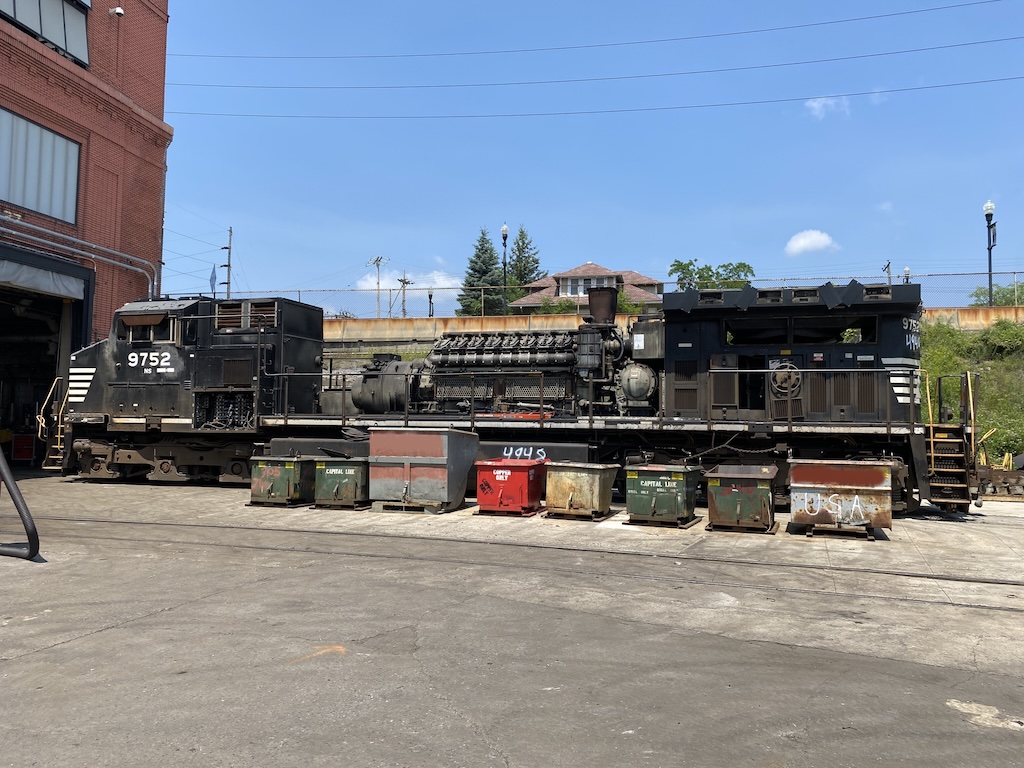
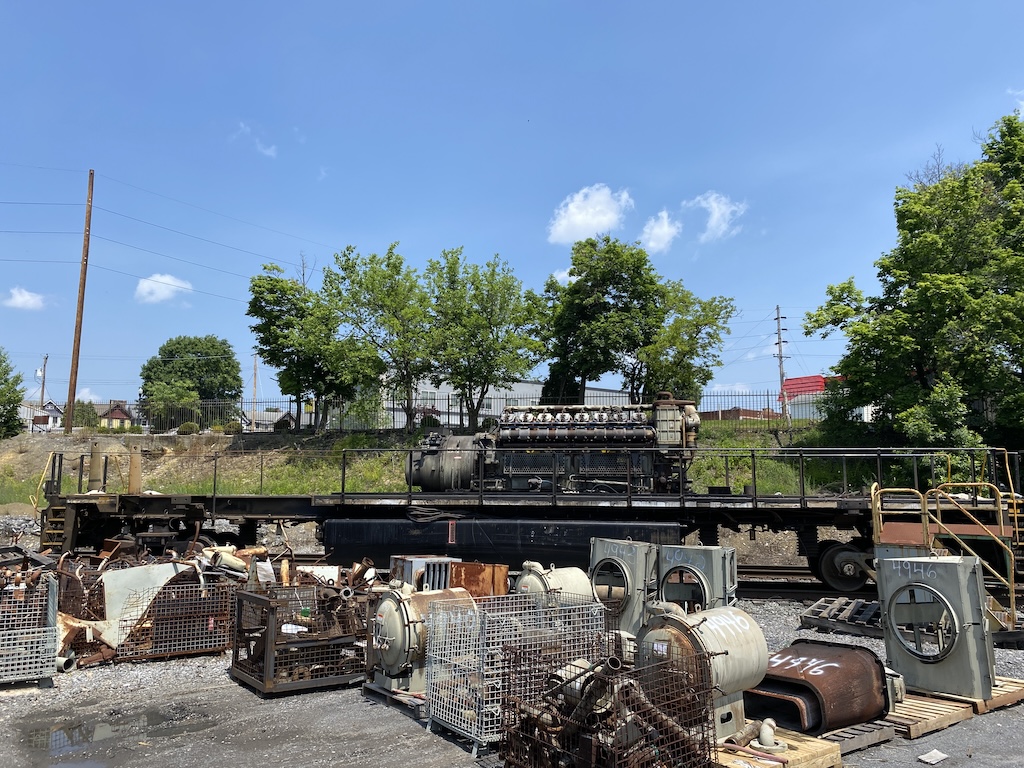
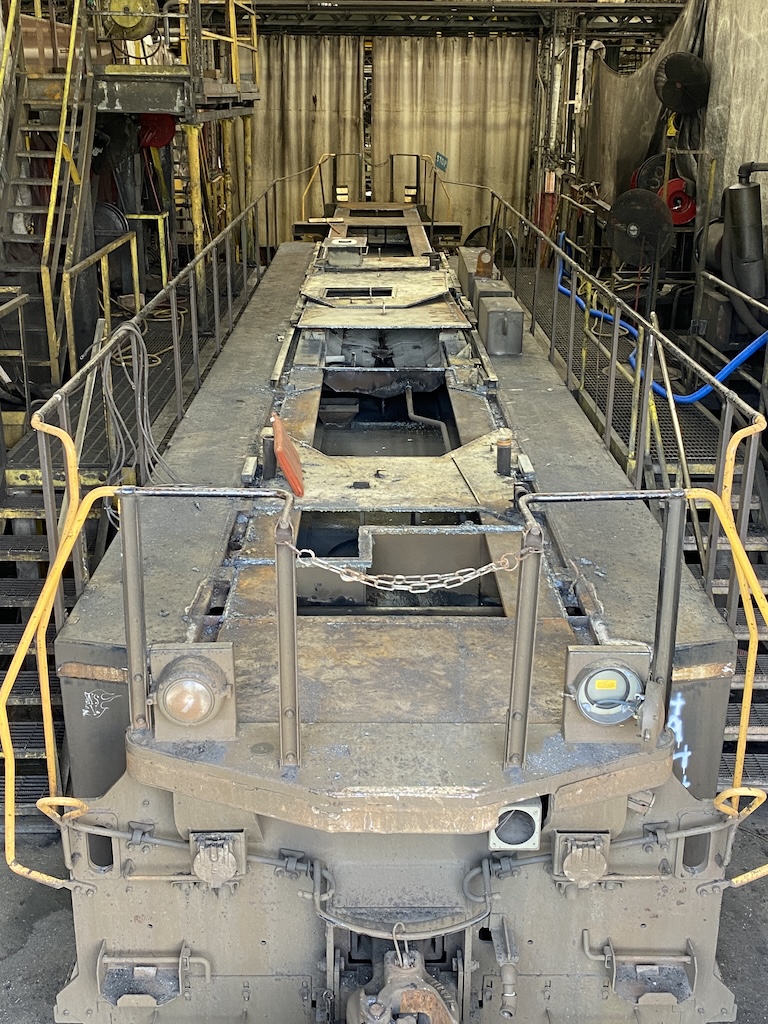
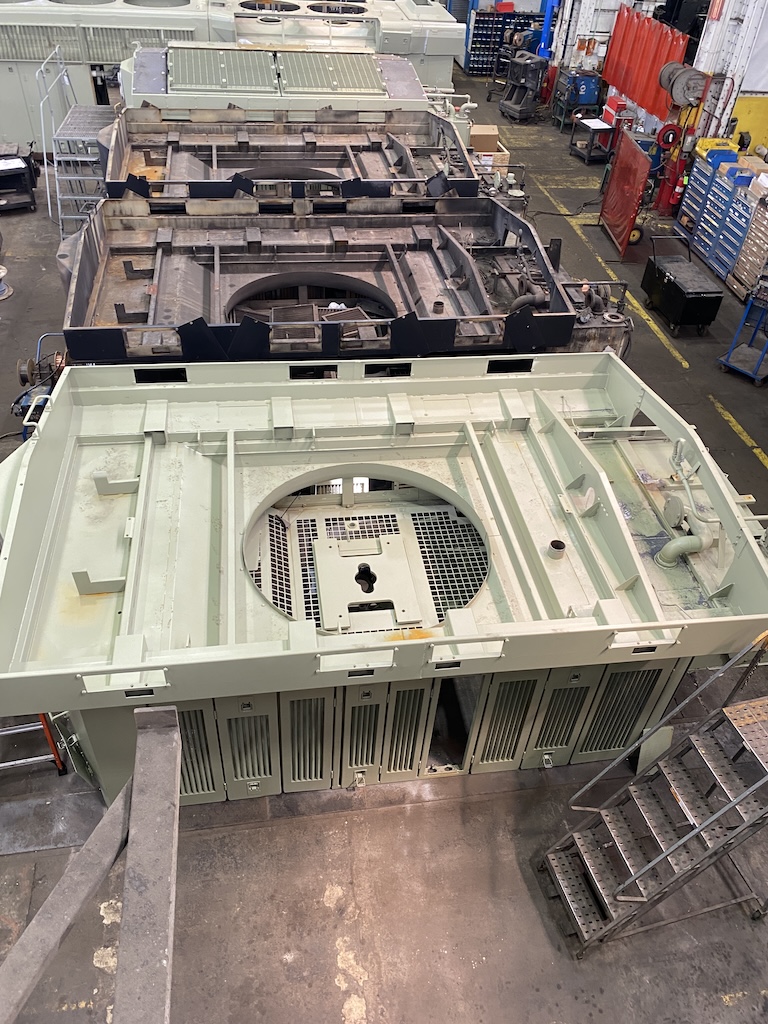
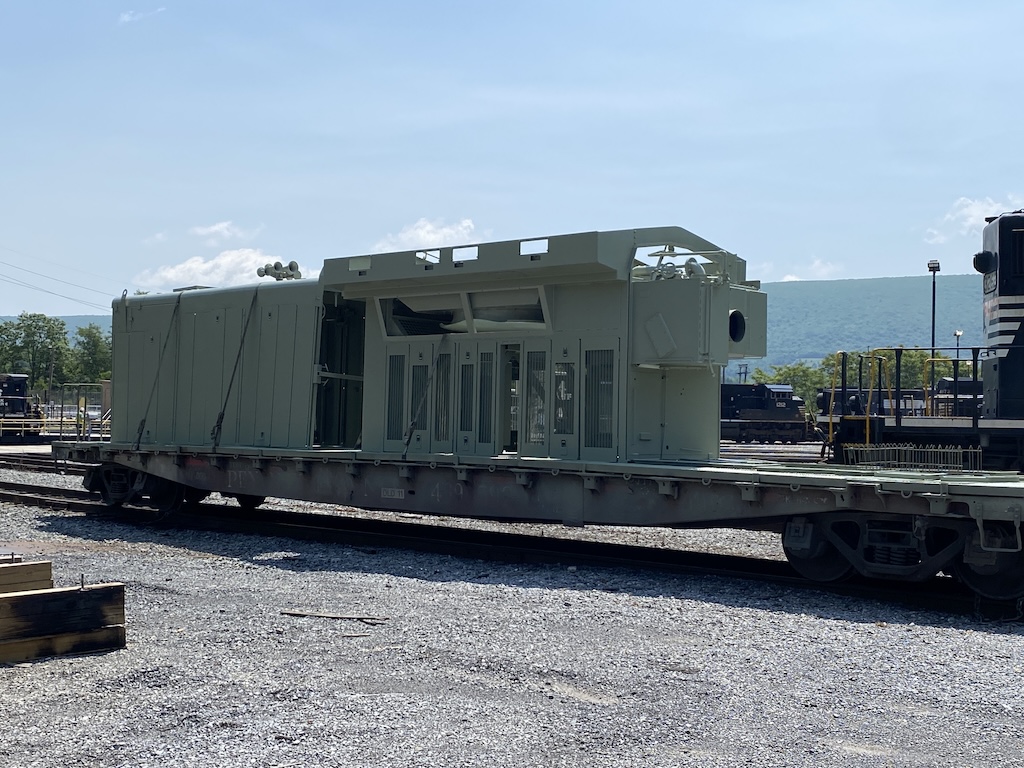
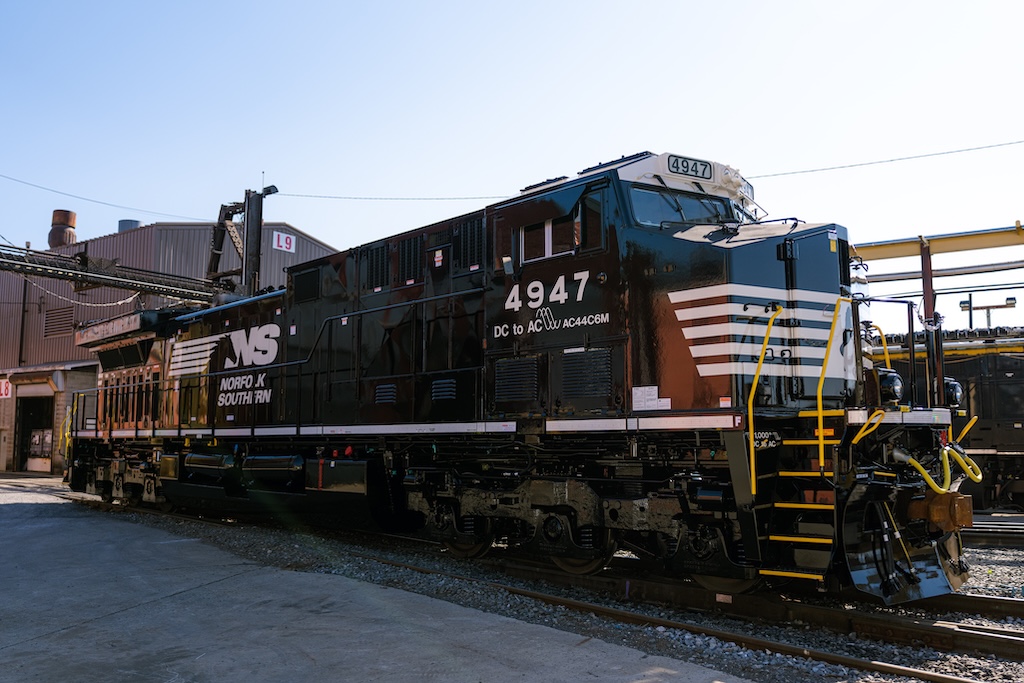
At Juniata, it takes 60 workers about nine weeks to complete a conversion of a weary Dash 9 into an AC44C6M. The process includes stripping the locomotive to the frame, adding new crew, auxiliary, and blower cabs — cab, in this case, is Wabtec’s term for subassemblies — and installing new trucks and traction motors. After a week in the paint shop, the rebuilt locomotive is ready for revenue service.
“To an operator, it feels like a brand new locomotive,” Stege says.
Each rebuild receives state of the art technology, including updating to the latest Wabtec Evolution Series control system software, distributed power capability, and the Trip Optimizer energy management system. “They’re getting all the latest and greatest,” Stege says.
The entire active NS road fleet is now equipped with energy management systems: Trip Optimizer for Wabtec locomotives and LEADER for Progress Rail units. Last year, 61% of road miles were operated under energy management, up from 53% in 2023, says Josh Raglin, the railroad’s chief sustainability officer.
Locomotive fuel efficiency is up 12% since 2019. “Last year alone was a 3% improvement,” Raglin says. “We’re on target for another 3% this year.”
While other factors come into play — such as reduced idling, the use of distributed power, and better matching horsepower to tonnage — the DC to AC conversions have played a big role in the reduction in fuel use. “It is definitely a large piece of that multiple piece puzzle,” Stege says.
Each AC44C6M saves about 50,000 gallons of fuel annually and reduces carbon dioxide emissions by 515 metric tons. Over 20 years, that’s 1 million gallons and 10,300 metric tons saved. Half the components are reused, avoiding 183 metric tons of carbon dioxide emissions per rebuild compared with a new locomotive.
“The rail industry in general has a great story when it comes to circularity just because so many of our assets are long-lived and they’re able to be repurposed at the end of life, such as locomotives, rail cars, rail, crossties, for example,” Raglin says. “It’s a huge story.”
The DC-to-AC conversion program, which began with a pair of prototypes delivered in December 2015 and got into full swing in 2016, is not over yet.
“We’ve got about 190 Dash 9s remaining right now. We’re in the home stretch for sure,” Stege says. “With a thousand total DC-AC conversions across the models we’ve done so far, 190 doesn’t seem like that many left. But we’ve already got plans to do 40 more next year.”
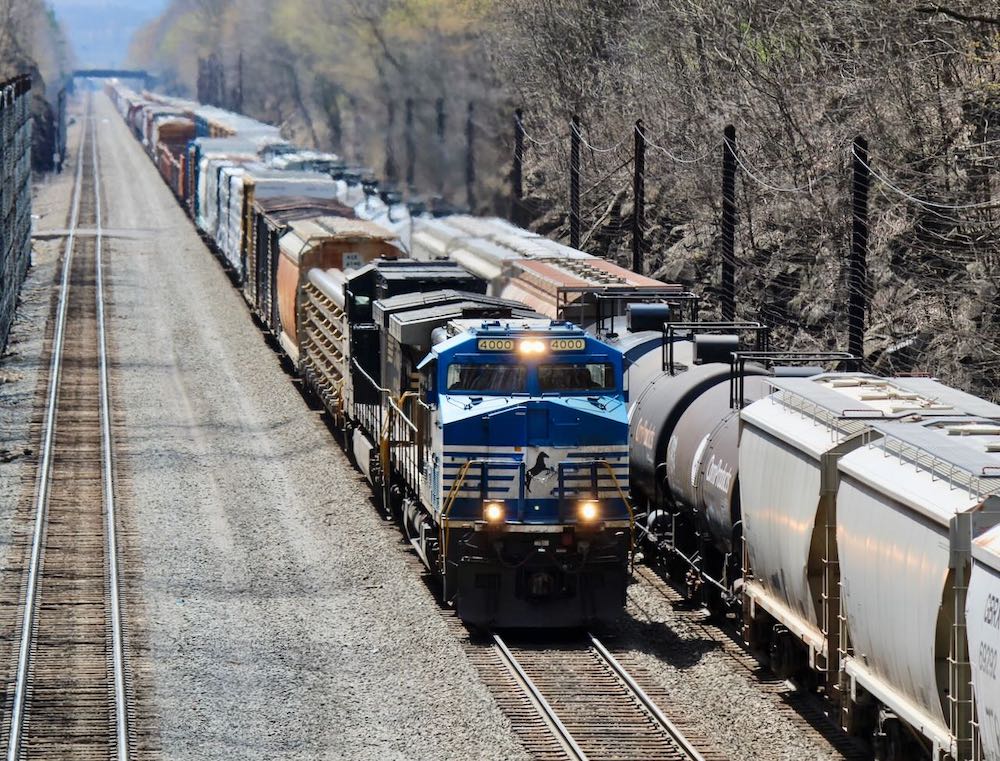
Correction: An earlier version of this story reversed the dates that NS and CN ordered AC traction locomotives.






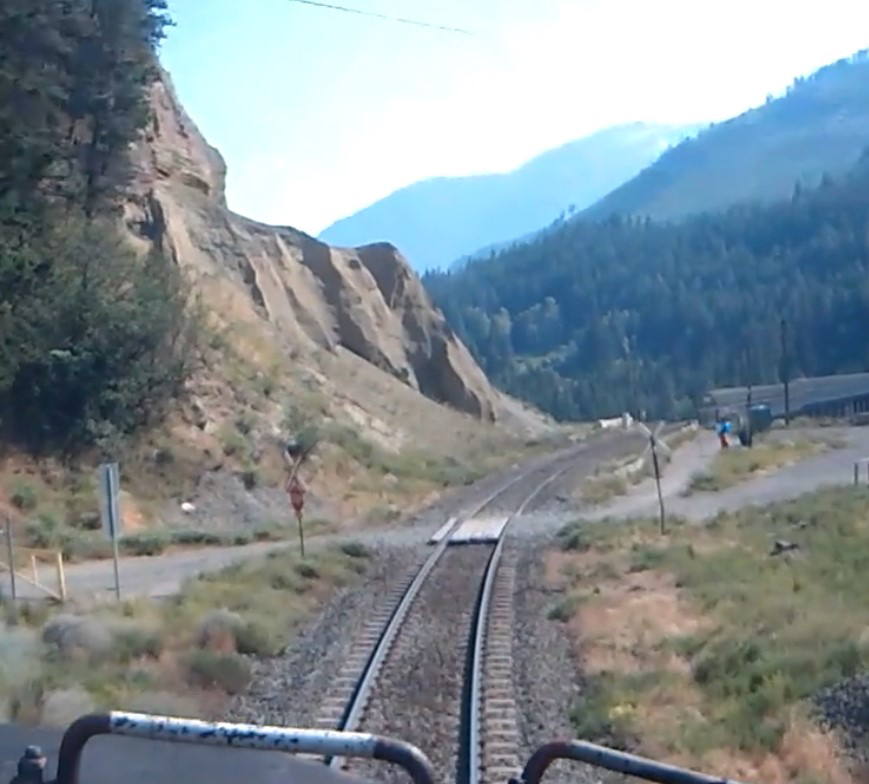
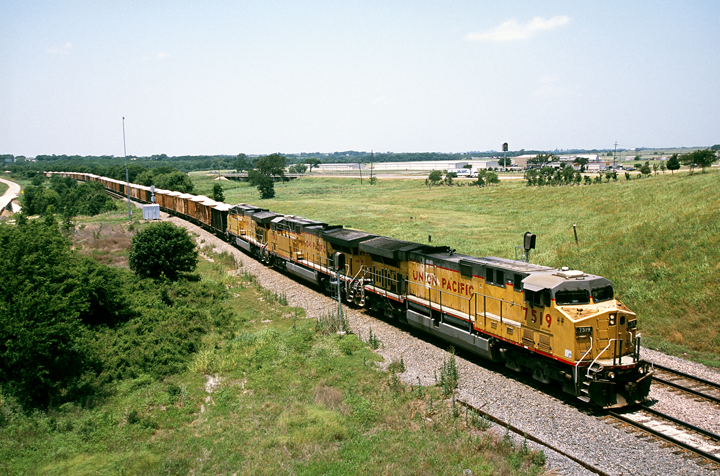
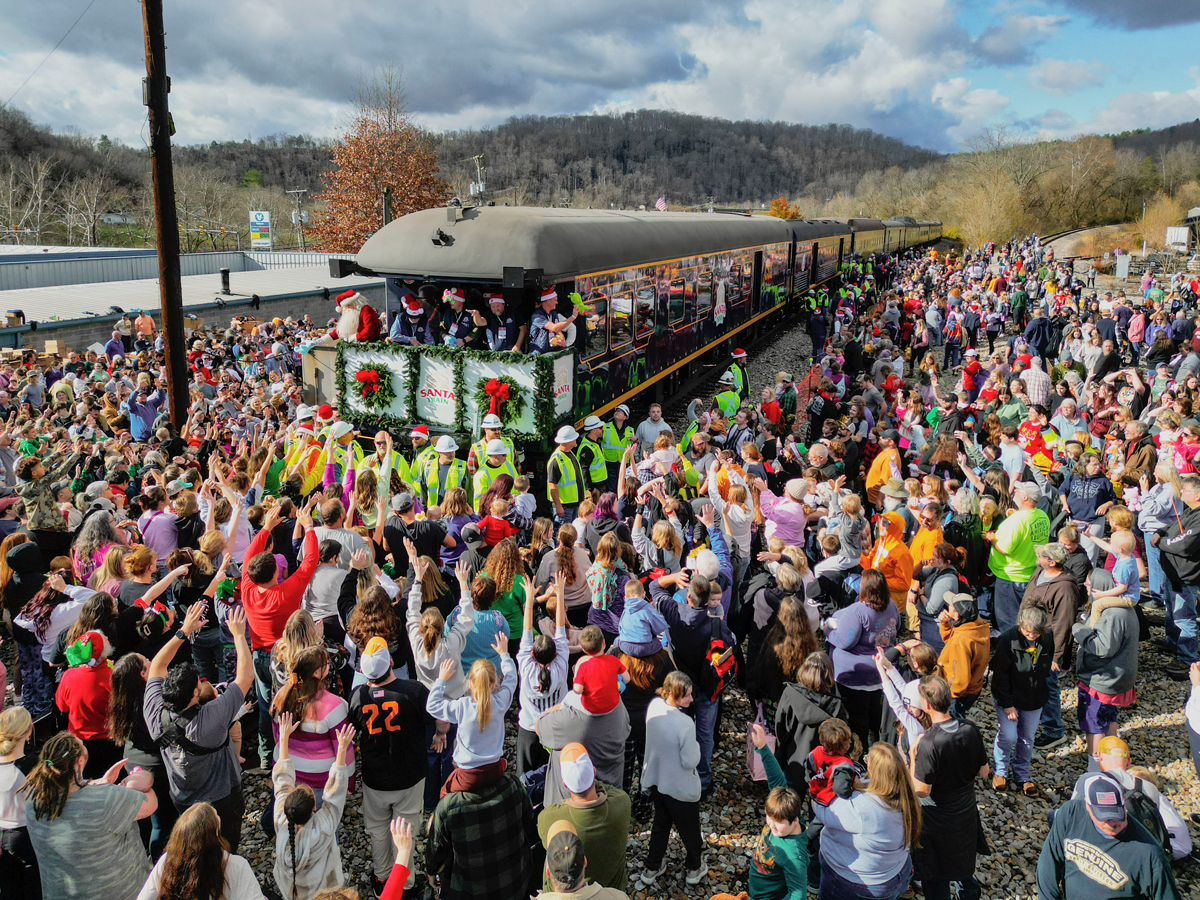
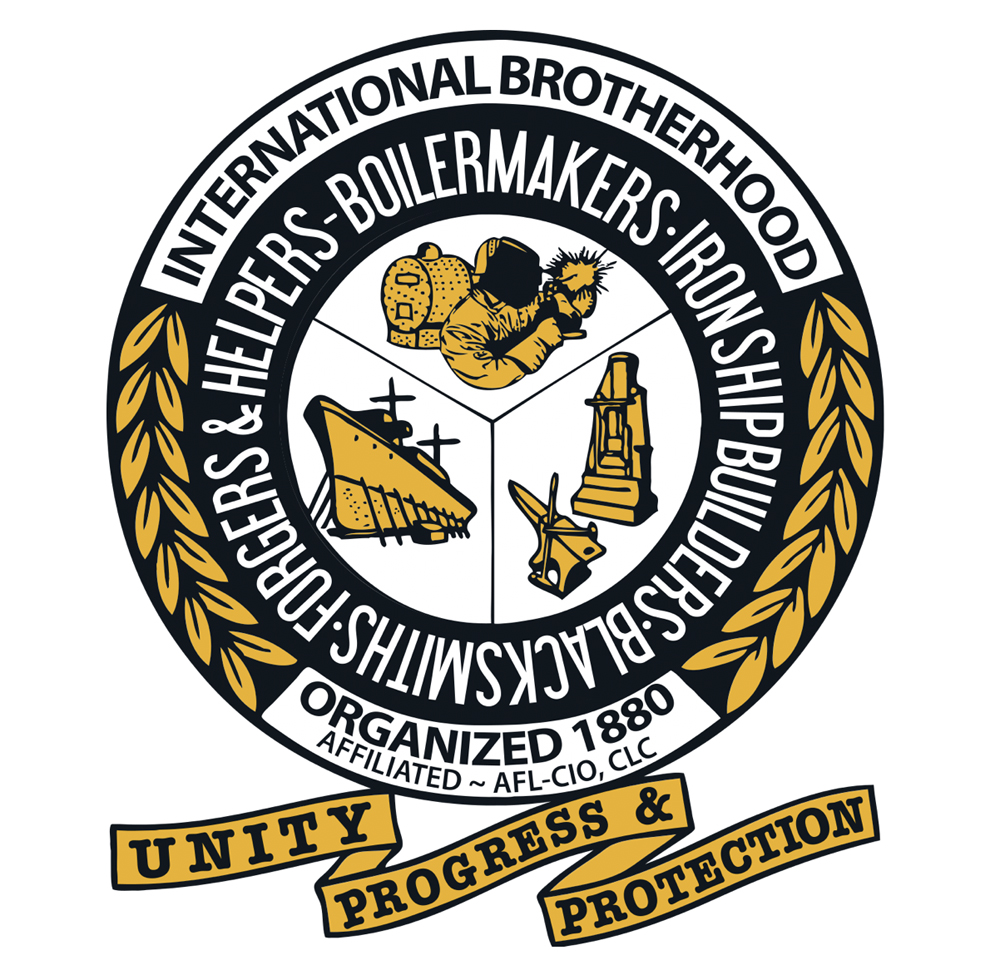
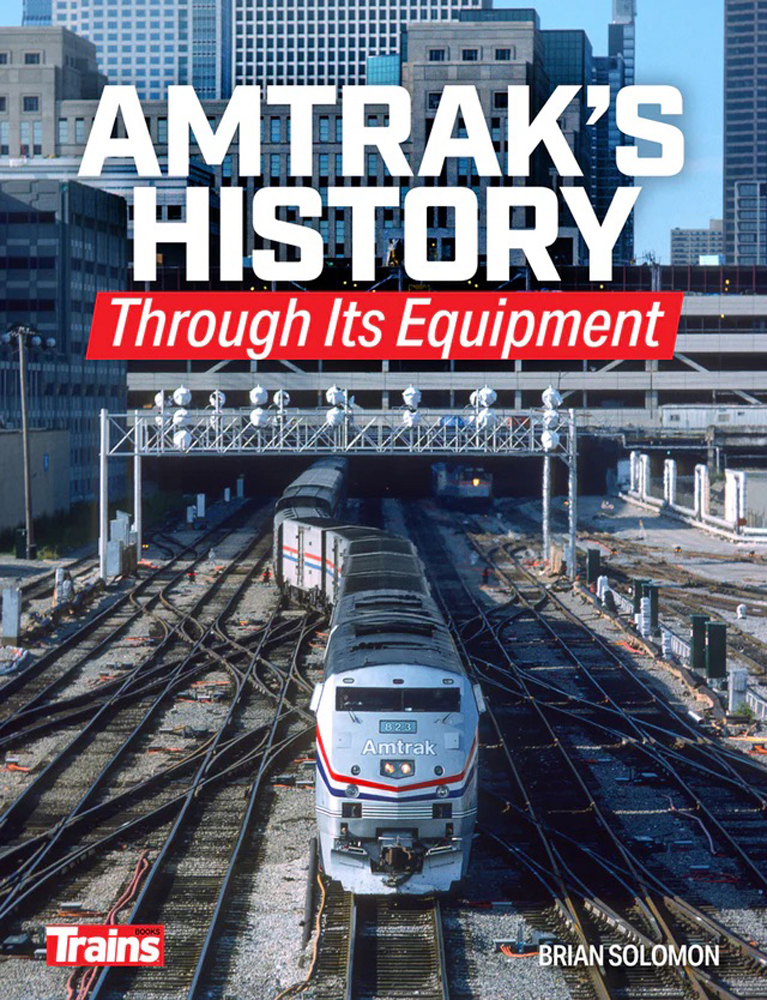
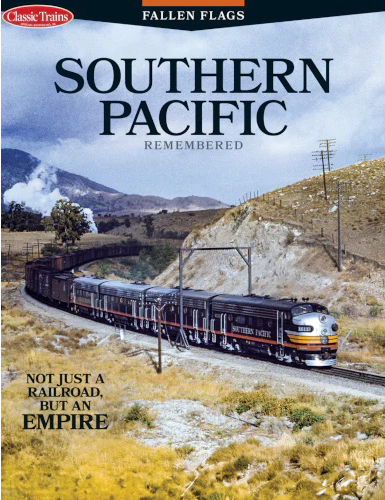
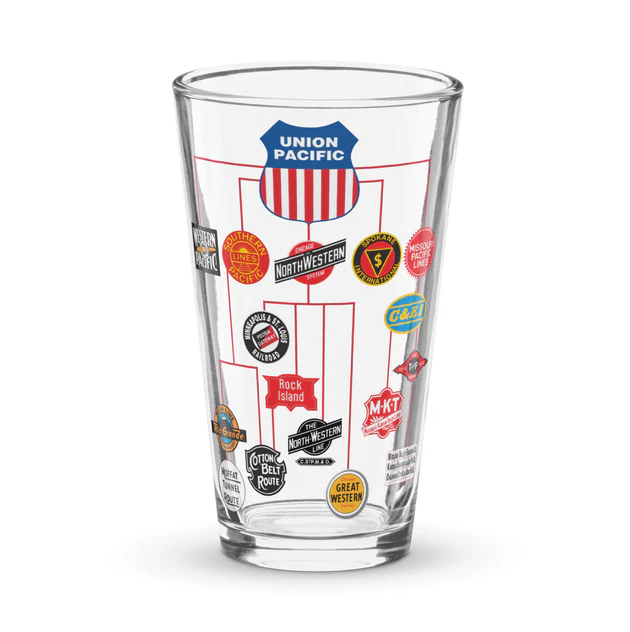
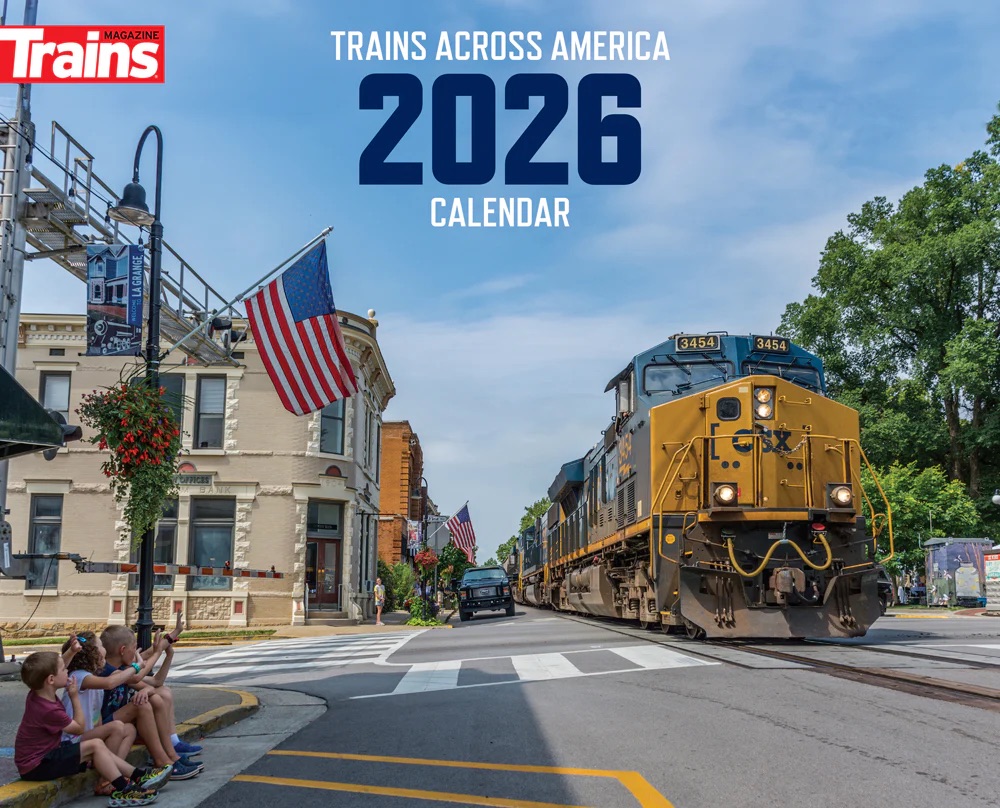
Something I didn’t see in the article was whether it saved them any money vs. new locomotives. If it did, great, if it didn’t, was there some tax-incentive to make the math work? I suppose one could say the approximately $3MM fuel savings over the 20-year life might be sufficient justification.
All these improvements will be laid to waste once UP gets ahold of them.
AC is better. DC units kept burning themselves out and they suffered mechanical problems. Nobody makes direct current models anymore for locomotives everything uses alternating current to power the tracks and motors and the main fans. Norfolk Southern normally does rebuilds converting older DC locomotives into newer AC locomotives most of these are sent over to Wabtec over in Texas or over in Erie Pennsylvania for conversion so far every railroad except for Norfolk Southern has converted to AC Norfolk Southern is slow to do these conversions.
Excellent article by Bill Stephens, and also photographs! But can anyone add federal emission limits to the locomotives mentioned? I assume newly manufactured locomotives, such as Wabtec’s CPKC ET44AC order are all Tier 4 compliant. But how about the current NS Juniata rebuilds or the Wabtec rebuilds for NS? And what were the emission ratings for the GE ES44AC’s bought new by NS in 2008, the Conrail hand-me-downs from 1999, or the original GE Dash 9’s bought new by NS? Al or anyone, can you help?
Charles, Yes the AC’s are three phase.
I’m a bit confused by the icons, but from what I see, NS is smarter than CSX. CSX seems to think that lightning is AC. It’s not. Apparently NS uses a sine wave icon for AC, but even here I’m confused. Are AC locomotives three-phase? It seems to be a three-phase icon.
A puff piece for sure. First, NS’s huge fleet of Dash 9-“44’s” were derated to, and delivered, 4000 HP for many years. While they pretended to have a justifiable reason for this, in fact, it made no sense. They finally realized their folly and up-rated them to their designed 4400 horsepower. Furthermore, that huge Dash-9 DC fleet consists of 16 cylinder prime movers, which remain in the rebuilds, albeit greatly improved. However, both EMD and GE/Wabtec have for many years featured 12 cylinder engines at the same rated 4300/4400 HP in their current models, thereby further reducing fuel and mainteneance costs. So, in some ways the rebuilds are not as “new” as they seem.